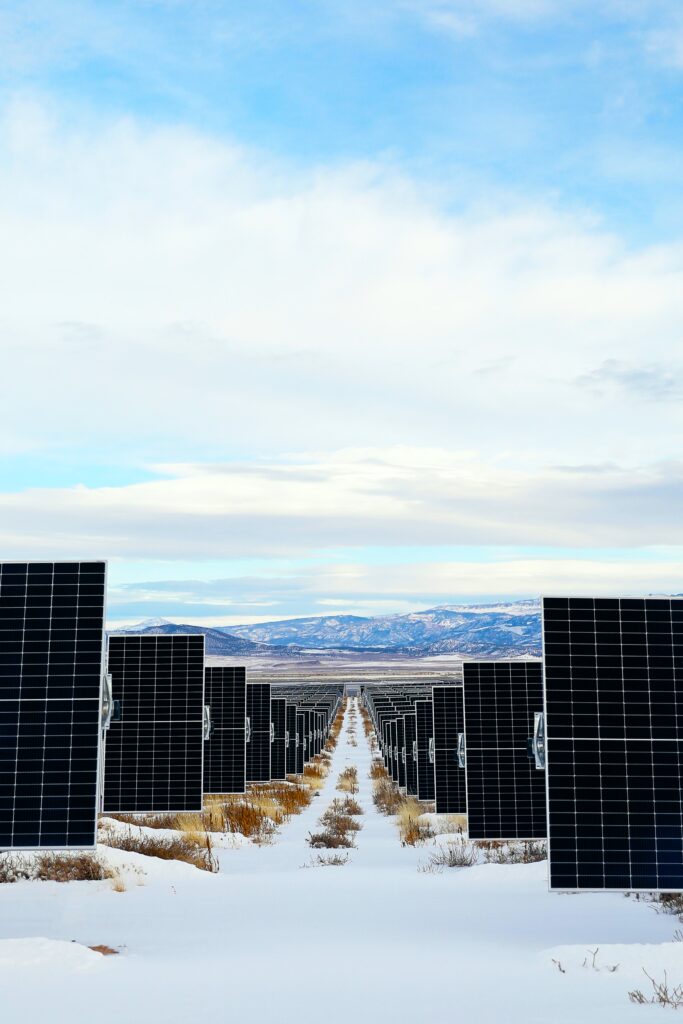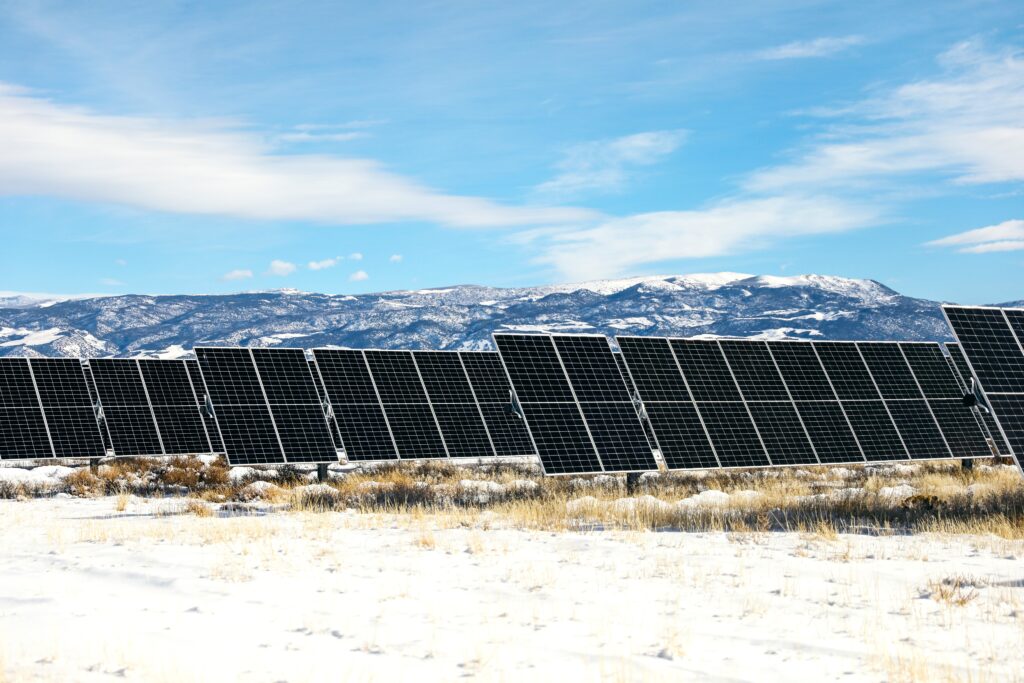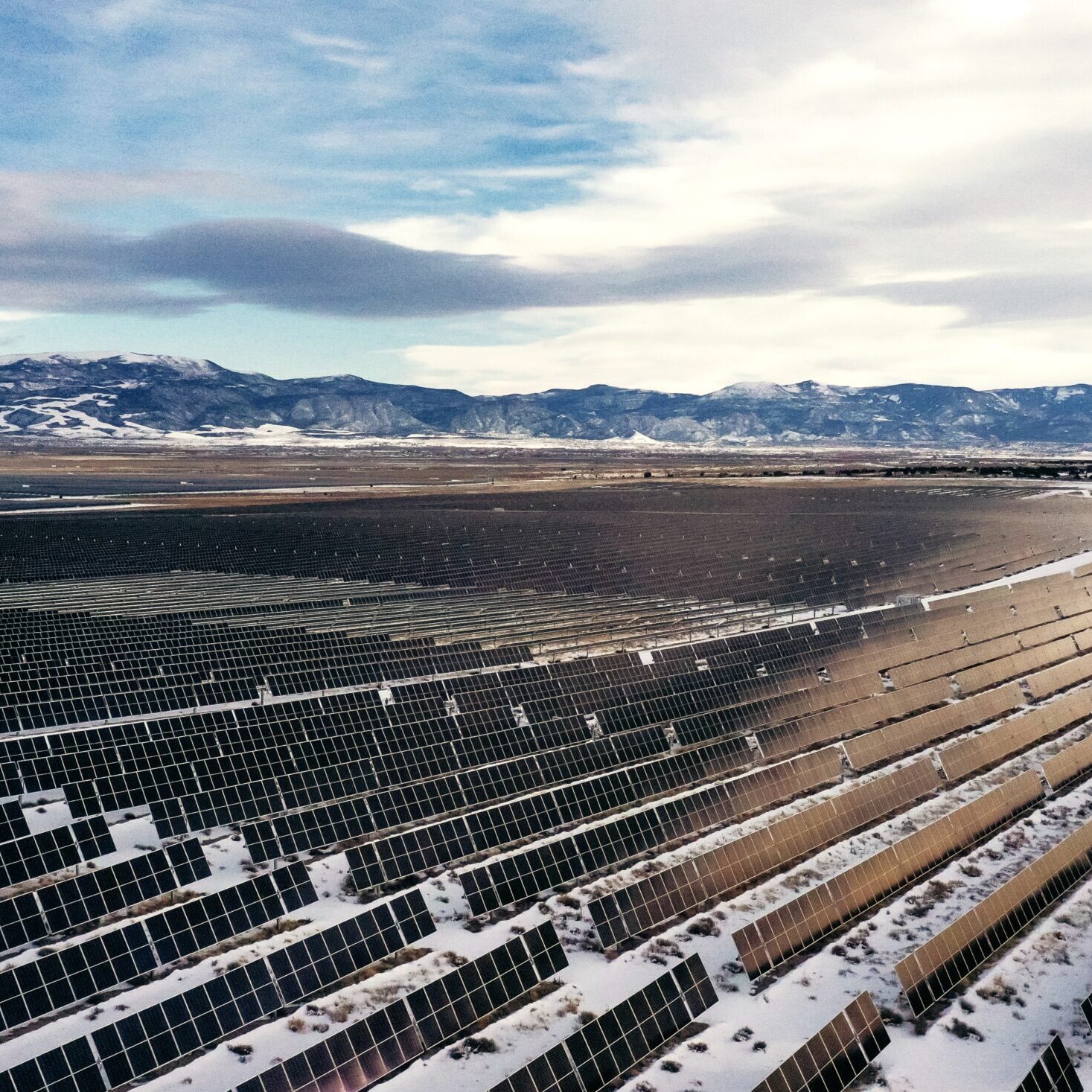The 240 MWdc / 200 MWac Appaloosa solar project represents industry milestone, provides Meta with renewable energy
New York, NY, February 14, 2024 — Greenbacker Capital Management (“GCM” or, together with its affiliates, “Greenbacker”), a leading renewable energy asset manager, announced today that its 240 MWdc / 200 MWac utility-scale Appaloosa Solar 1 (“Appaloosa”) project has entered commercial operation in Iron County, Utah. With more than twice the power generation capacity of its sister project—Greenbacker Renewable Energy Company’s 104 MWdc / 80 MWac Graphite Solar in Carbon County, Utah—Appaloosa is now Greenbacker’s largest operational clean energy asset to date.
While the project represents a new milestone for GCM and minority owner rPlus Energies, LLC (“rPlus”), it’s also a landmark for the clean energy industry. The financing for Appaloosa marked one of the first tax equity transactions to utilize the solar production tax credit (“PTC”) newly expanded by the Inflation Reduction Act.1 While Greenbacker has successfully executed tax equity investments and employed the federal investment tax credit (“ITC”) for years, this is its first financing utilizing the new solar PTC.
“Bringing Appaloosa online is a milestone both for GCM as a business and for the energy transition as a whole, representing a new way to build the future of sustainable power,” said Ben Tillar, Principal at Greenbacker. “It was accomplished through the dedication of our ongoing project partners and the support of the Iron County community, to whom we are grateful for hosting this project.”
Many of the partnerships involved with Appaloosa began on the Graphite Solar project, which was developed, built, and commissioned by rPlus, with Sundt Construction delivering the engineering, procurement, and construction. Like Graphite, Appaloosa has a long-term power purchase agreement in place with utility PacifiCorp that supports Meta’s regional operations under Rocky Mountain Power’s Schedule 34 green energy tariff, which allows large customers to directly support the incremental addition of renewable energy capacity to support the customer’s energy needs.
The project began delivering solar energy on January 24, 2024, helping contribute to Meta’s 100% renewable energy and net zero goals.
“Having collaborated on Graphite Solar, we entered this project with the confidence that our partners foster an environment of efficiency, execution, excellence, and trust,” said Luigi Resta, rPlus President & CEO. “We are incredibly proud to reach this milestone as we contribute another significant project to Utah’s diverse energy landscape.”
The project also invests in the local community and economy via the Local First – Appaloosa Solar 1 Scholarship. Greenbacker, rPlus, Gardner Group, and Sundt sponsor the $120,000 scholarship program, under which awards are made to Southern Utah University students who plan to remain local while pursuing their career goals after graduation or certificate completion. Additionally, project construction relied on many local vendors, delivering revenue to the area and supporting approximately 250 construction-related green energy jobs.
GCM acquired the project in late 2022, through an affiliated investment vehicle focused on sustainable infrastructure. In its first year of operation, Appaloosa is expected to generate enough clean energy to abate approximately 395,000 metric tons of carbon emissions.2
Before the passage of the IRA, solar power projects were only eligible for the ITC. Today, solar projects can choose between either the ITC or the PTC, which currently offers a 2.75 cents per kilowatt-hour credit for electricity produced by solar energy and other renewables.3
Greenbacker’s largest operating solar asset

Greenbacker’s 240 MWdc / 200 MWac utility-scale solar project

1 The solar PTC is the game-changer that hasn’t been, Utility Dive, December 20, 2023.
2 Carbon abatement is calculated using the EPA Greenhouse Gas Equivalencies Calculator which uses the Avoided Emissions and Generation Tool (AVERT) US national weighted average CO2 marginal emission rate to convert reductions of kilowatt-hours into avoided units of carbon dioxide emissions.
3 Federal Solar Tax Credits for Businesses, Department of Energy.

